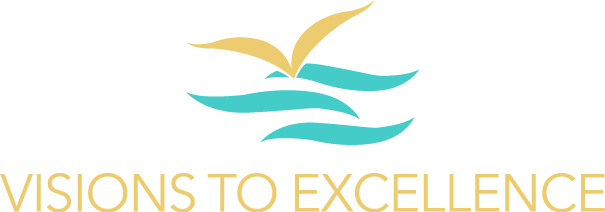Working in teams can bring many benefits to an organization but comes with responsibility that can put a lot of pressure on an individual. Everyone approaches work in a different way, but having one cohesive goal in mind is what makes for a successful team. Whether you perform better independently or in a group, it is important you learn to adapt by having the right tools and resources to be successful.
Examining the article When Teamwork Is Good For Employees – and When It Isn’t by Chidiebere Ogbonnaya gave insight to when working as a team can be of value and how to successfully demonstrate this as a leader. Ogbonnaya is a Senior Lecturer at the University of Sussex Business School and a co-investigator for the ESRC-funded Work, Learning, and Wellbeing evidence program. His research focuses on employment relations, job quality, employee well-being, and business research methods.
From one of my favorite books The Advantage Patrick Lencioni states, “No one on a cohesive team can say, Well, I did my job. Our failure isn’t my fault.” In a team the responsibility can often fall on everyone as a whole.
The Value
At Visions to Excellence, we help define core values within your organization and ensure both leaders and employees are working as a team towards the same goals. Knowing what is best for your employees starts with asking for feedback. In this article, Ogbonnaya analyzes data from face-to-face interviews with 664 managers and over 4,000 employees from different workplaces where all individuals worked informally designated teams.
Overview of Findings
Managers overall had mixed views on teamwork, some said it leads to better organizational performance and others said it caused burnout from added pressure. When the employees were asked, they expressed although it drives innovation and new ideas, teamwork came with more workload leading to stress and anxiety. The key factor in successful teamwork allowed employees the opportunity to improve their skills and manage the workload on their terms. For example, offering training, team building activities, and courses to increase their skills.
Benefits for the organization
In workplaces where employees had shared responsibility, there was increased productivity levels and better quality of work as well as financial performance improvements. Collaboration brings an abundance of ideas to the table and can reduce information overload.
Downsides for the individual employee
More teamwork increased the level of work demands on employees causing more anxious about their job. When employees are put under pressure this can cause them to work harder and drive results, but too much pressure can cause burnout and high turnovers.
Finding the balance
“Teamwork is not a virtue. It is a choice—and a strategic one.” (Patrick Lencioni). Managers should recognize the pros and cons of teamwork. When giving a project make sure to properly delegate and establish accountability. Make sure your employees have all the tools they need and you are setting them up for success working individually or in a group.



